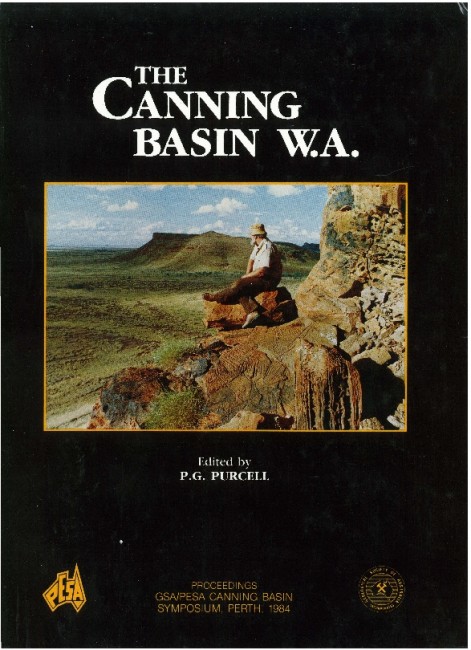Publication Name: The Canning Basin, W.A.
Authors: Vadim Anfiloff
Date Published: December 1984
Number of Pages: 23
Reference Type: Book Section
Abstract:
Gravity exploration in the Canning Basin began in 1953 and resulted in large concentrations of detailed traverses in some areas. BMR helicopter reconnaissance surveys began in 1960, and marine surveys were carried out in 1968. The quality of the coverage varies greatly, and there are gaps in some crucial onshore areas. The BMR has approximately 60,000 stations for the basin in its Gravity Repository, and welcomes donations of new data.The basin is flanked on three sides by gravity ridges associated with Proterozoic basement, but there may be a substantial connection with the Cobb Depression in the south. Offshore, the probable outer edge of continental
crust is denoted by a prominent northeast trending feature, 300-400 km from the coast. Large structures such as the Fitzroy Graben, Broome Arch, Munro Arch, Kidson Sub-basin, Anketell Shelf, Ryan Shelf, and large faults such as the Fenton Fault and Dampier Fault, are clearly evident in the gravity field. In most cases the distribution of gravity lows represents the ' . distribution of sediment accumulations, but basm thickness is not always roportional to the amplitude of gravity lows. Parts of the basin apparently contain Lower Palaeozoic to Proterozoic sediments whose thickness is far in excess of what the gravity lows might suggest. Block-faulting is apparent from detailed profiles in many areas, and probably involves Palaeozoic sediments.
A rectilinear pattern of elongate gravity lows in, and around, the basin is similar to the gravity pattern in the Eromanga Basin. The lows, which frequently intersect orthogonally, may represent mobile belts which developed along fractures in Proterozoic crust and are characterized by sediments, granites, or both. Consequently, the Fitzroy Graben may be a reactivated part of the Halls Creek-King Leopold Mobile Belt system.


